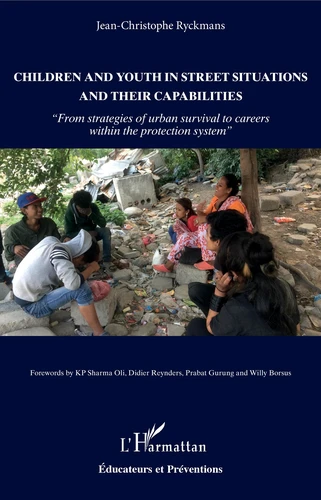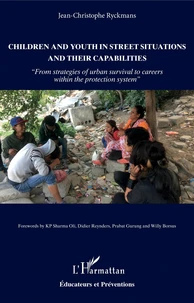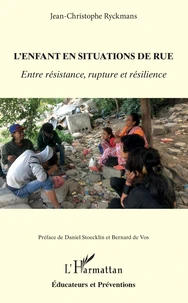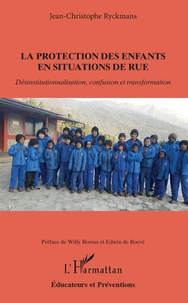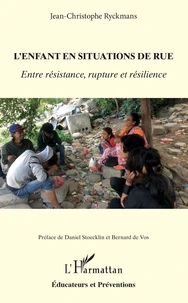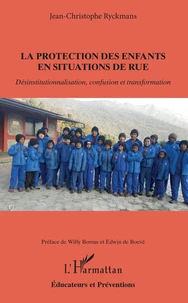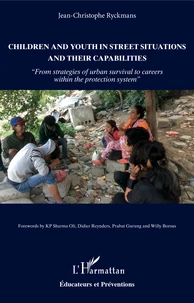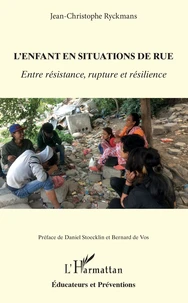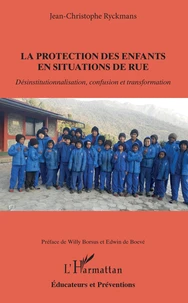Children and youth in street situations and their capabilities. "From strategies of urban survival to careers within the protection system"
Par :Formats :
Disponible dans votre compte client Decitre ou Furet du Nord dès validation de votre commande. Le format PDF est :
- Compatible avec une lecture sur My Vivlio (smartphone, tablette, ordinateur)
- Compatible avec une lecture sur liseuses Vivlio
- Pour les liseuses autres que Vivlio, vous devez utiliser le logiciel Adobe Digital Edition. Non compatible avec la lecture sur les liseuses Kindle, Remarkable et Sony
 , qui est-ce ?
, qui est-ce ?Notre partenaire de plateforme de lecture numérique où vous retrouverez l'ensemble de vos ebooks gratuitement
Pour en savoir plus sur nos ebooks, consultez notre aide en ligne ici
- Nombre de pages344
- FormatPDF
- ISBN978-2-14-014027-3
- EAN9782140140273
- Date de parution10/01/2020
- Copier Coller01 page(s) autorisée(s)
- Protection num.Digital Watermarking
- Taille26 Mo
- ÉditeurL'Harmattan
Résumé
This research uses an Interactionist approach to understand how children and youth in street situations in Nepal and elsewhere negotiate their social identity while confronted with dynamics of domination, labelling and violence. Their capability to survive on the street determines their career, which is also influenced by their capacity to play with the institutional network supposed to help or control them.
Presenting a typology of the existing intervention system, this research will shed light on the existing gaps and the effect of conversion « back to the norm », carried out or encouraged by NGOs or public authorities.
Presenting a typology of the existing intervention system, this research will shed light on the existing gaps and the effect of conversion « back to the norm », carried out or encouraged by NGOs or public authorities.
This research uses an Interactionist approach to understand how children and youth in street situations in Nepal and elsewhere negotiate their social identity while confronted with dynamics of domination, labelling and violence. Their capability to survive on the street determines their career, which is also influenced by their capacity to play with the institutional network supposed to help or control them.
Presenting a typology of the existing intervention system, this research will shed light on the existing gaps and the effect of conversion « back to the norm », carried out or encouraged by NGOs or public authorities.
Presenting a typology of the existing intervention system, this research will shed light on the existing gaps and the effect of conversion « back to the norm », carried out or encouraged by NGOs or public authorities.

